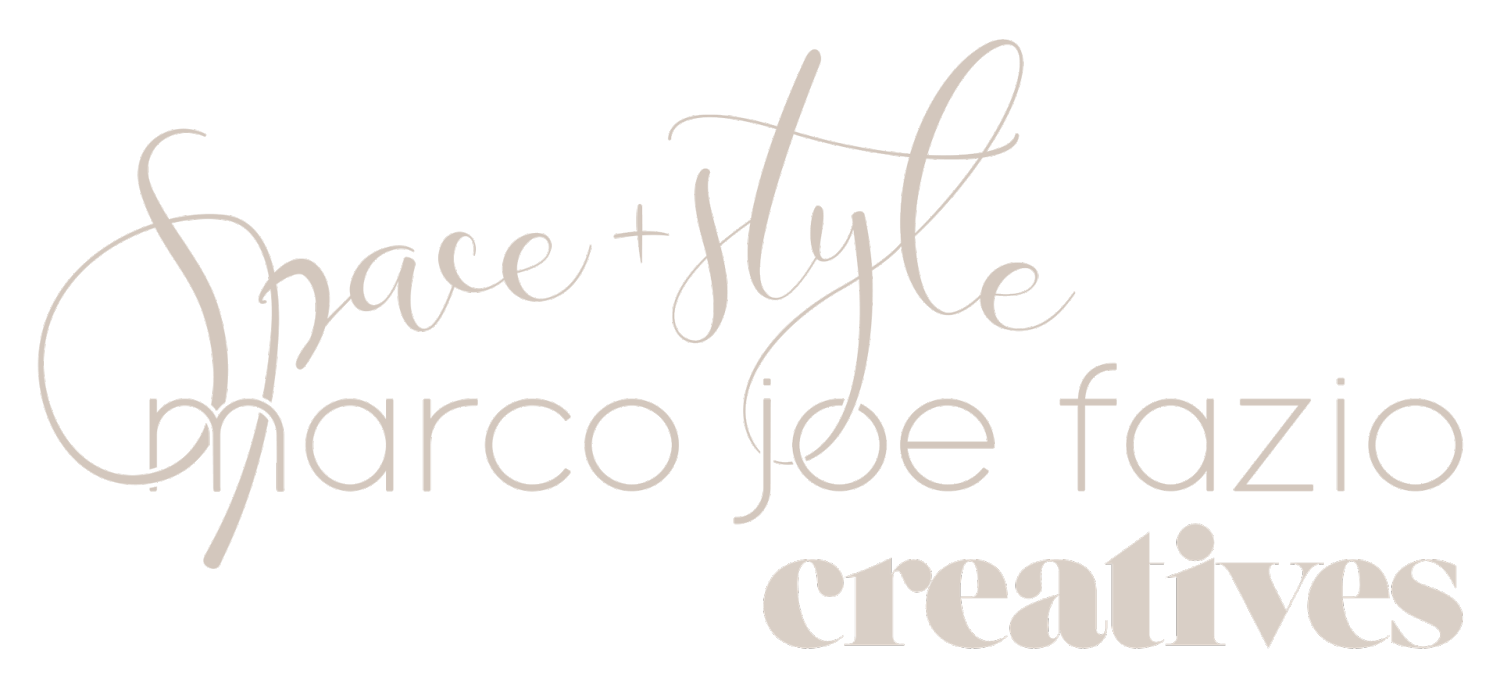The importance of sketching in photography
words & illustrations by Maha Alamri
Tourism concept sketch for Al Balad historic area, Jeddah, Saudi Arabia. Testing colour combinations.
When it comes to visualisation, sketching plays a crucial role in set design and storyboarding, as it is the first step in translating a creative project into reality.
Concept sketch for Ricard pastis advertisement.
We know that the final product is the star of the show. However, little do people know that many great ideas begin as scribbles on torn pieces of paper. Masterpieces such as The Guggenheim Museum by Frank Gehry, the East Wing Museum by I.M. Pei and Plato's Atlantis collection by Alexander McQueen were all started as rough sketches, then developed and applied in real life. It takes a lot of planning and iterating to get to an effortless finale. So it is good to talk about the process.
Sketching is inexpensive, quick, and efficient.
When seeking approval for the project's ideas, sketching helps the client understand the designer's mind. It's a great form of communication that is quick enough without inhibiting an artist's natural creative flow. When presenting to an audience, preliminary sketches that led to the final design help connect and understand different perspectives.
Portrait lighting: experimenting with shadow and light.
The critical steps in any project are generally three: identifying a challenge, finding different solutions, then finally testing them out. When designing photographic sets, the challenge is to understand the message the creative director wants to convey, what emotions are needed to tell the story through visual elements.
Sketching allows the set designer to test out different colour combinations, shape integrations, and image compositions as quickly as they come to mind. By incorporating drawings in a photographic project, the artist can get a seamless and more productive workflow and eliminates the guesswork. Sketching develops the concept. Then, photography makes this concept come to life.
Experimenting with the use of colour and reflection to convey emotions.
In the following weeks, I will present some sketching techniques and case studies to get the most from this powerful tool. Stay tuned!
